Several years ago I started a small side business for a time to create ‘white board’ animations for companies that wanted to communicate difficult concepts, train employees, or market their products. I managed the process, created the script, and did the voiceover for the animation (done by an animator). With clients I spent a half-day with four members of the company that had hired us to create a three-minute animation to explain a very complicated proprietary brokerage service they offered. I used several neuroscience techniques in that meeting that you might try the next time you lead a brainstorming session. I unpack what I did using those techniques below.
Neuroscience techniques to improve brainstorming.
- To help set up the day I created a clear agenda and emailed it several days prior to the meeting. This is called pre-encoding. Encoding is the process of learning when our brain lays down new networks of neuronal connections. Pre-encoding, as the word implies, sets up the brain to receive that learning (the actual encoding). The agenda clearly articulated the meeting’s objectives and set us up for greater productivity. When we met, we knew exactly what we wanted the brainstorming session to accomplish. Here’s what it included.
- Who: Clarify the target audience for the animation and the audience’s felt needs
- What: Clarify the call to action the animation should evoke
- How: Create a rough draft of the script and brainstorm potential visual concepts that could illustrate the message
- I began the session by sharing a bit about my life to create a relational connection (two in the group were total strangers). When people feel they relate to you, they will follow your leadership and more readily learn from you. The early church understood this when they met house to house and built strong relational bonds through Biblical community (Acts 2.42).
- I gave everybody a chocolate bar and explained that chocolate can aid focus and creativity by causing helpful neurotransmitters in our brains to release (Roizman, n.d.). Not only did I provide brain fuel with the candy, but I also heightened expectations that the session would result in lots of ideas. The brain needs both oxygen and glucose (energy) to function well. While too much sugar can certainly cause a brain lag later on, providing chocolate, coffee, or healthy snacks can help the brain function optimally.
- During the meeting we needed to generate personality traits to describe the target audience (the broker), list potential metaphors to use in the animation, and create a basic script. Instead of using the traditional brainstorming technique where everybody shares their ideas out loud, I asked each person to first privately write down their ideas. Then they shared them out loud and I recorded them on the white board after which we eliminated the ones that didn’t fit. Traditional brainstorming, where everybody verbalizes their ideas at the beginning, has been shown to not generate as many ideas as when people are asked to generate them privately (Lehrer, 2012). So, the simple act of having then jot down their ideas privately encouraged more idea generation.
- During our discussion time I subtly encouraged dissent and disagreement about the ideas, contrary to traditional brainstorming (get all the ideas out without criticizing any of them). Neuroscientists have found that dissent, when done in a “non-threatening to status” way, actually increases creativity (Nemeth et al., 2004).
The next time you lead a staff brainstorming session include a few of these five ingredients in your meeting and see what happens.
- Healthy dissent to prompt creative thinking.
- Private idea generation before public discussion.
- Food such as chocolate or coffee to get the brain focused and alert.
- Relationship building to engender likeability among the team.
- A clear agenda to pre-encode what you want to accomplish.
What have you found that has helped make brainstorming more productive?
Related Posts:
Sources:
Lehrer, J. (2012) Groupthink. The New Yorker. Available from: <http://www.newyorker.com/reporting/2012/01/30/120130fa_fact_lehrer> [Accessed 25 February 2013].
Nemeth, C.J., Personnaz, B., Personnaz, M. & Goncalo, J.A. (2004) The liberating role of conflict in group creativity. European Journal of Social Psychology, 34, pp.365-374.
Roizman, T. Chocolate & Dopamine [Internet]. Available from: <http://healthyeating.sfgate.com/chocolate-dopamine-3660.html> [Accessed 23 February 2013].
